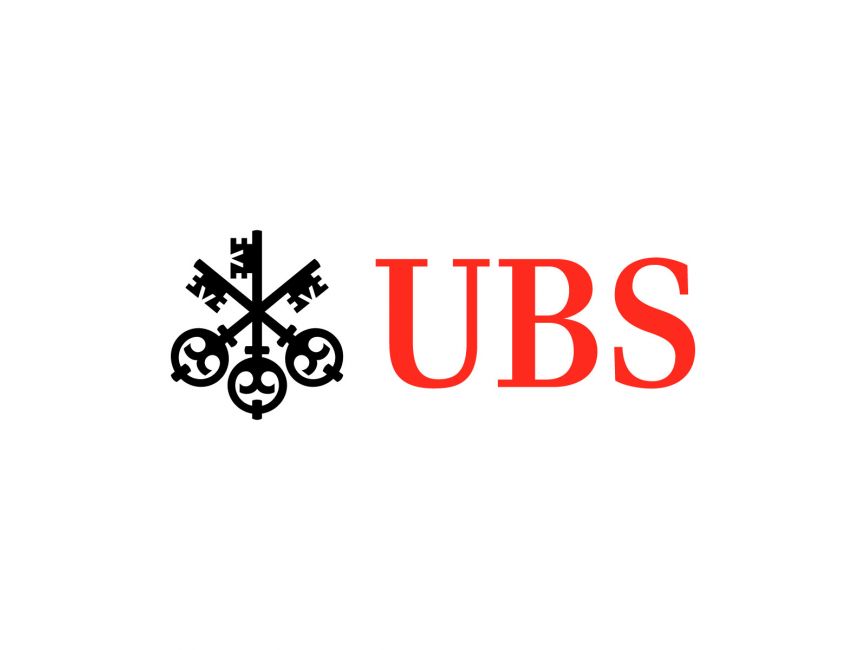Emerging market ETFs’ tough start to the year was compounded last week as a combination of factors saw European investors rushing for the exit.
Faring worst was the UBS ETF MSCI Emerging Markets UCITS ETF (UB32) which saw $214m outflows in the week to 6 August, according to data from Ultumus. Similarly, the Amundi MSCI Emerging Markets UCITS ETF (AEEM) saw $84m assets depart over the same period.
Also worth noting were the departures from Asia-specific strategies with investors pulling $134m from the iShares MSCI AC Far East ex-Japan UCITS ETF (IFFF) while $66m exited the Amundi MSCI EM Asia UCITS ETF (AASI).
Tracking the flagship MSCI Emerging Markets index, UB32 demonstrates perfectly the recent challenges facing ETFs with an emerging markets focus, having returned -9.4% over the past six months, as at 10 August, according to ETFLogic.
This tough run has only worsened over the past month with a surge in COVID-19 delta variant cases the main source of worry in recent days.
While its companies claim more than a third of the MSCI Emerging Markets index, China reported a new wave of COVID-19 infections on Monday, its most severe resurgence since mid-2020.
The country has since reinstated internal travel and movement restrictions with the delta variant already reaching regions which account for 38% of national gross domestic product including Wuhan and Beijing.
Not confined to China, delta outbreaks have also been reported in Vietnam and Thailand with low rates of inoculation in these countries meaning factories are now having to close, exacerbating supply chain disruption.
Another source of tension is the strength of the US dollar. Saxo Bank noted the world’s primary reserve currency hit a five-month high within the last week driven by stronger-than-expected US jobs data in July and the Federal Reserve bringing forward its interest rate hike forecast once already – the market consensus is monetary tightening happening sooner than currently advertised.
Once rates increase, this will push up US bond yields which will attract more investment from overseas investors. This, in turn, will impact the exchange rate by strengthening the US dollar.
As the US dollar gains purchasing power relative to emerging market currencies, this makes it harder for local companies to pay back their debts denominated in US dollars – effectively increasing the burden imposed by their debts and reducing their agility in future investments or reacting to volatility.
A final cause for concern is the Chinese Communist Party’s (CCP) ongoing regulatory campaign against the country’s tech behemoths including Alibaba, Tencent, Didi and many others.
With the Nasdaq Golden Dragon China index collapsing 49% between its high in February and the end of July, JP Morgan, Morgan Stanley and Goldman Sachs have all cut their growth forecasts for the country’s economy while Japan’s SoftBank announced this week it is pausing its China investments until the regulatory action against tech firms plays out.
In its mid-year outlook, BlackRock also took a moderate tone of the prospects of the country’s largest companies.
“We believe the clampdown on some private industries could go on for years but its intensity would likely fluctuate,” BlackRock said. “We have yet to see the peak of the regulatory campaign but could see its pace and intensity moderate amid slower growth.”
Looking ahead, an HSBC survey of 124 asset managers in June and July revealed 60% expect economic activity in emerging markets to improve in the next 12 months, down 29% since the turn of the year.
The International Monetary Fund has also cuts its full-year growth forecast for emerging markets by 0.4%, to 6.3% citing slow vaccine progress as the main cause.
It is expected other emerging markets will follow on the footsteps of Brazil, Russia, Mexico and others, and hike rates to tackle currency depreciation and pre-empt rates increases by the Fed.
HSBC survey respondents pointed to Fed rates hikes and tapering its asset-buying programme as the biggest risk currently facing emerging markets.







